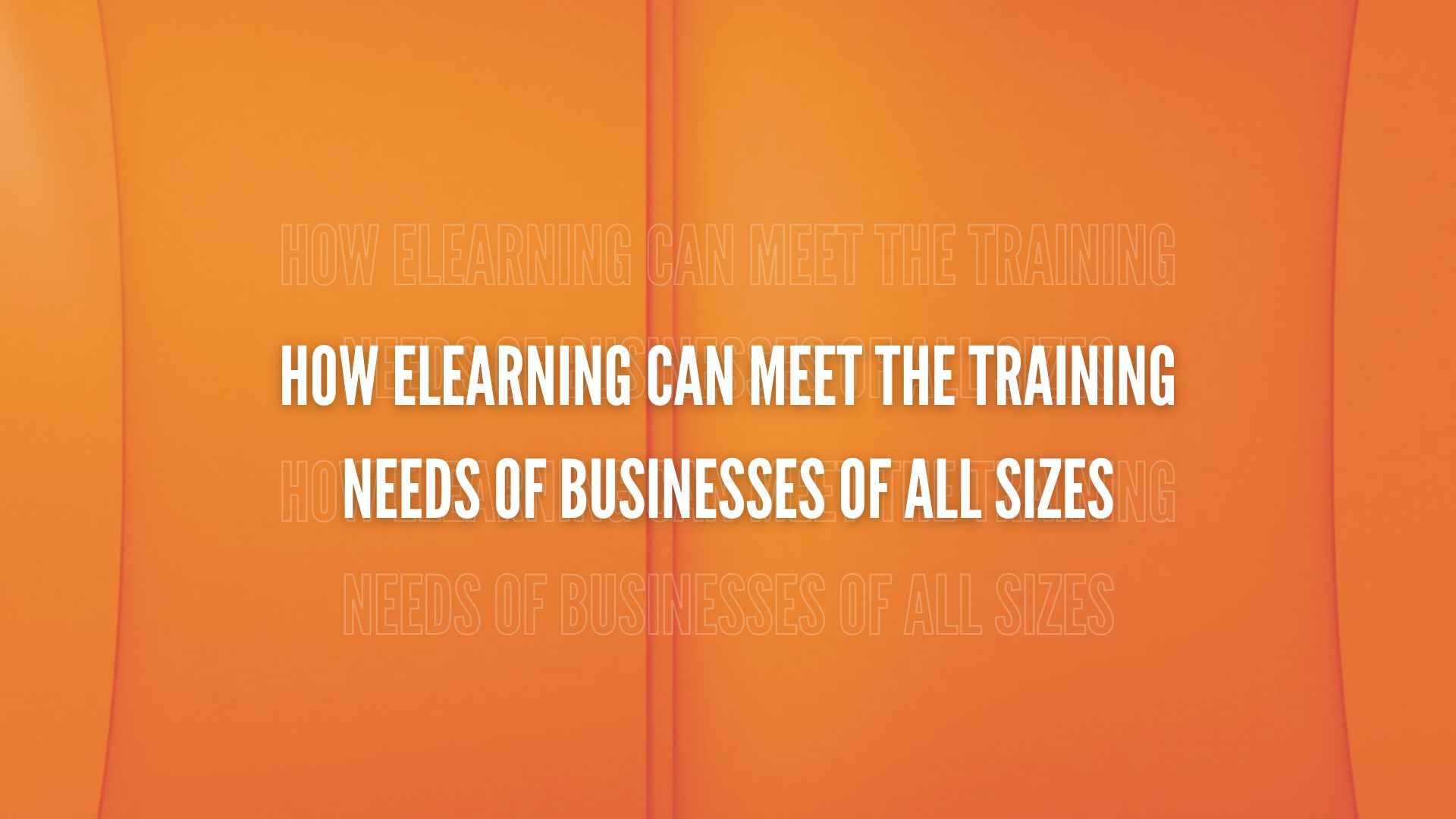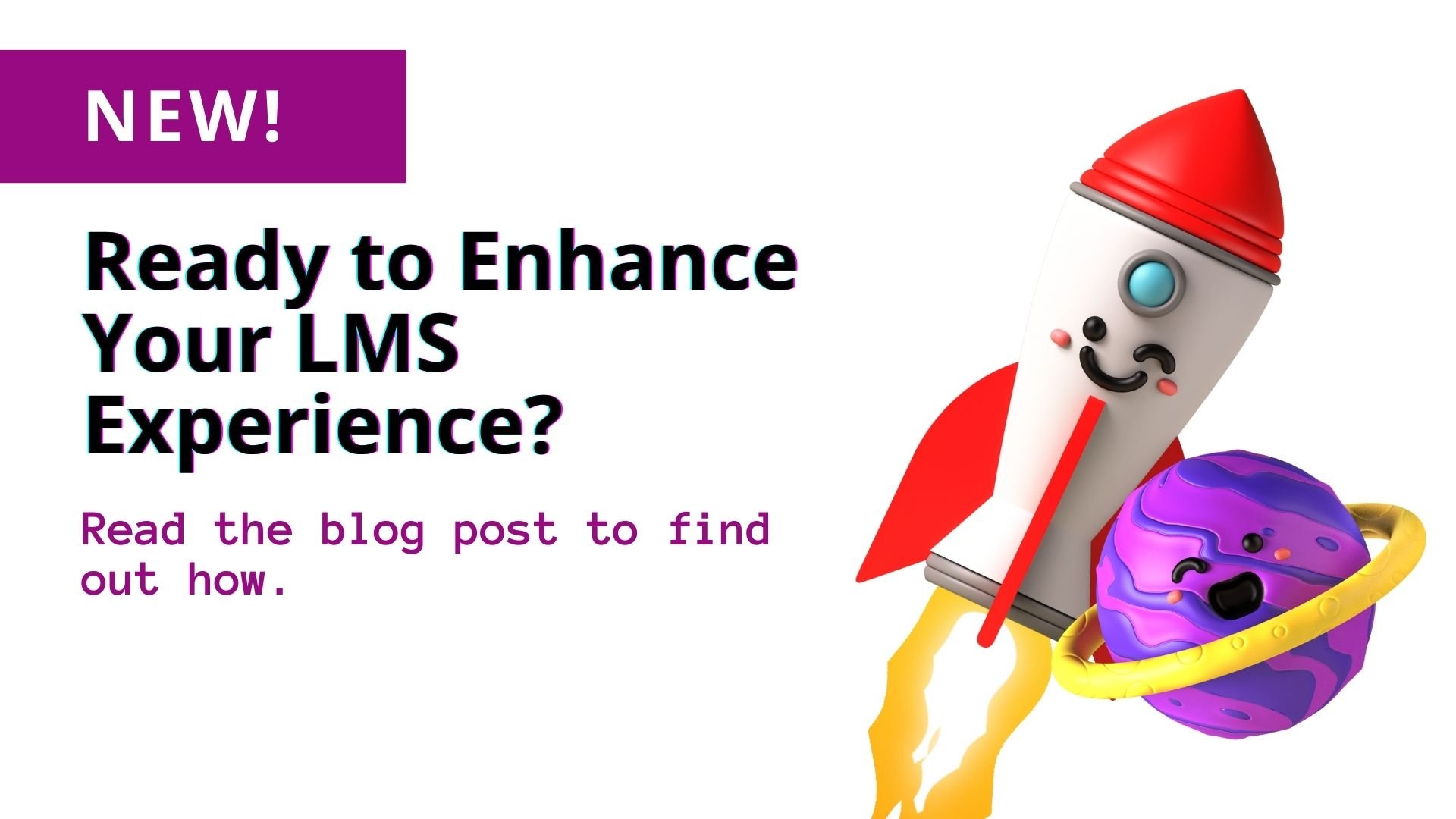During the past decade, learning management systems (LMSs) have become more popular. They been adopted by companies in most industry sectors. Sectors that include business, healthcare, nonprofit, association, multinational, and public sector. So says Josh Bersin, author of the article The Red Hot Market for Learning Management Systems.“The (LMS) market is well over $2.5 billion. It grew by over 21% (in 2014).”
The LMS market is growing. Why? Because learning management systems streamline employee training. They make the day-to-day operations of a company smoother. Also, there's a lot of value and benefit in eLearning training tools. LMS administration functions, mobile accessibility, and social media communication features are also valuable. This make them attractive to organizations. Features like these have rendered eLearning systems irreplaceable to many companies.

How Learning Management Systems Benefit All Kinds of Companies
The LMS features mentioned above provide many benefits. Companies in almost all industry sectors have found this to be the case. Here’s how:
Training tools make employee/member/volunteer/other-type-of-user training easy. LMS training tools allow companies to replace in-person training with online training. This is generally more effective, less expensive and preferred by learners.
Administrative functions allow LMS administrators to manage an eLearning system. Without the help of an IT team. Furthermore, administrators need not have any IT/coding knowledge. Many social learning management systems have intuitive administrative functions. If an individual can select a checkbox, he or she can manage an LMS.
Mobile accessibility changes the way training is done. This gives employees a sense of independence. An LMS with mobile capabilities gives users enhanced capabilities. Users can access company information (which is stored in an online location). This includes training-related resources like online courses and quizzes. An LMS can store events, calendars, personal profiles, memos, newsletters, and more. These can be accessed via mobile device. As long as the learning management system has mobile capabilities.
Social media communication features are among the most popular LMS features. Some employers believe social media in the workplace is damaging. But, it can actually be beneficial. The Benefits of Social Media Networking at Work, hrcloud.com’s article, explains this. “Social media makes you smarter. Employees who research, communicate, and build online networks are valuable. These people are involved, innovative, and progressive-minded. They’re engaging in thoughtful conversations. They're also trending as experts in their industries.” An LMS’s social media features let employees partake in social media networking. This can be done in a controlled setting, for professional communication purposes.
Software-as-a-Service (SaaS) LMSs Make All-Inclusive Packages Affordable
The benefits companies reap from social learning management systems are plentiful and obvious. What is not so obvious to companies, though, is they will come up with the money to invest in an LMS. Many companies are eager to secure flat-fee, all-inclusive learning management systems. But all too often, steep price tags put eLearning systems out of reach.
It's hard to find an LMS that offers a wide array of social learning and reporting tools. Single signon options and ecommerce capabilities are valuable features. Mobile accessibility and language localization are also options that can be expensive. These come as part of a complete package, and in some cases, cost a lot of money. The good news is, Software as a Service (SaaS) LMSs are now making such packages available. And, at low cost.
A Software as a Service LMS is a hassle-free way to tap into LMS intelligence. This is doable without having to deal with hardware or hire IT professionals. These new-and-improved systems are cloud-based. This means that software providers maintain all their servers and systems. Since there is no onsite hardware with an SaaS LMS, there is no need for IT maintenance. With SaaS platforms, software providers are responsible for LMS maintenance, upgrades and repairs. An SaaS social learning management system is the only type of LMS that is all-inclusive.
Per-User Fees Raise the Cost of a Learning Management System
SaaS LMSs are not perfect. Some are quite costly, particularly those that charge per-user licensing fees. Per-user fees can add up to a serious chunk of change and make a major dent in a company’s budget. Budget-conscious companies should avoid LMSs that charge per-user fees. Instead, opt for a fixed-price LMS. Such LMSs let organizations budget the definite price of a learning management system. They also enable companies to add as many employees/users as they’d like to the LMS. This can do this without worrying about rising costs.
Companies can now find a cost-effective, all-inclusive LMS. An SaaS eLearning system. One with NO per-user fees. One LMS that fits this description is TOPYX. TOPYX is an award-winning, cloud-based, remotely hosted LMS. It's loaded with valuable features like mobile learning, administration tools, and language localization. Also, learning tools interoperability, and social media communication abilities. Find out more about TOPYX, a fixed-price LMS, by getting a free, live demo today.
Companies look far and wide for business solutions that cut costs. And that boost productivity. The SaaS LMS is an all-inclusive, low-cost training and operations platform. It can indeed lower a company’s bottom line, boost revenue and simplify daily operations. An SaaS learning management system is a business tool you can’t afford not to put in place.
Jeffrey A. Roth
Vice President, Marketing and Communications
Jeffrey.Roth@Interactyx.com
topyx.com




